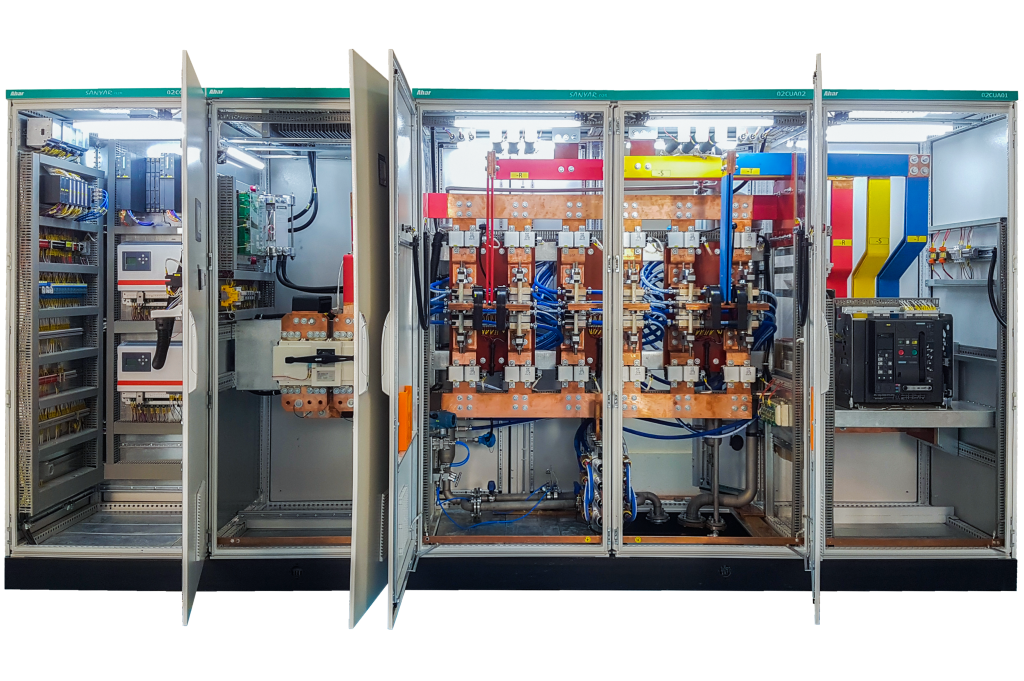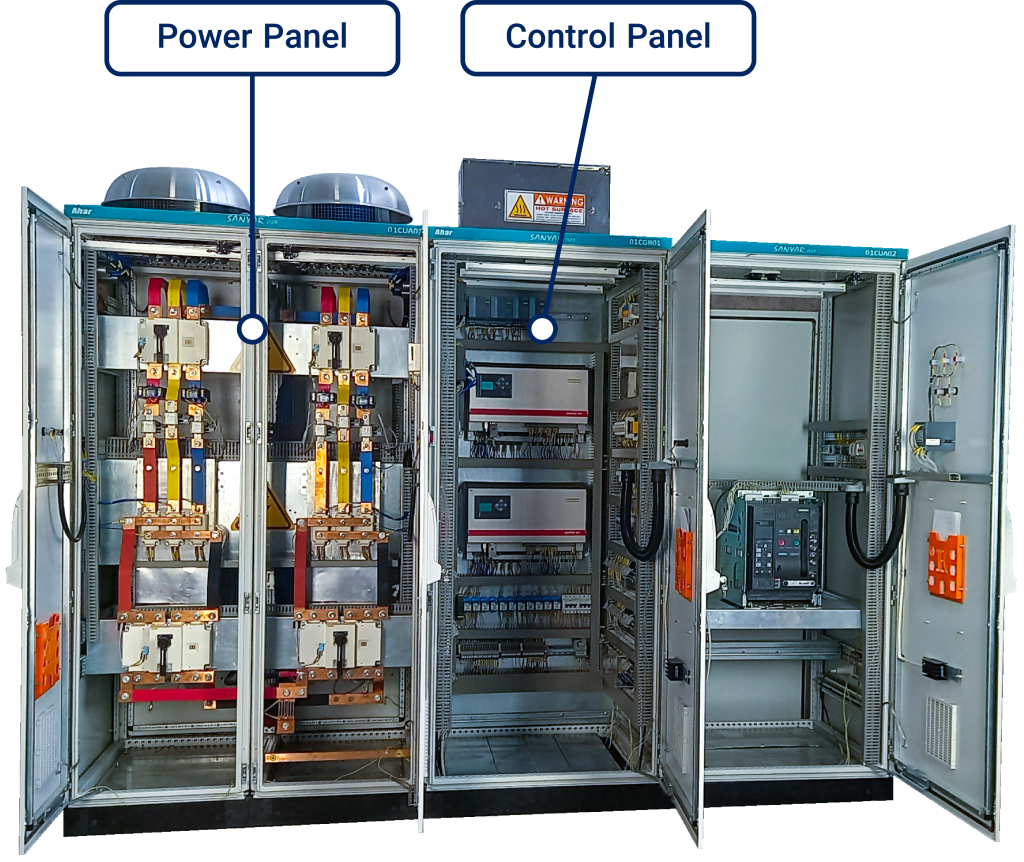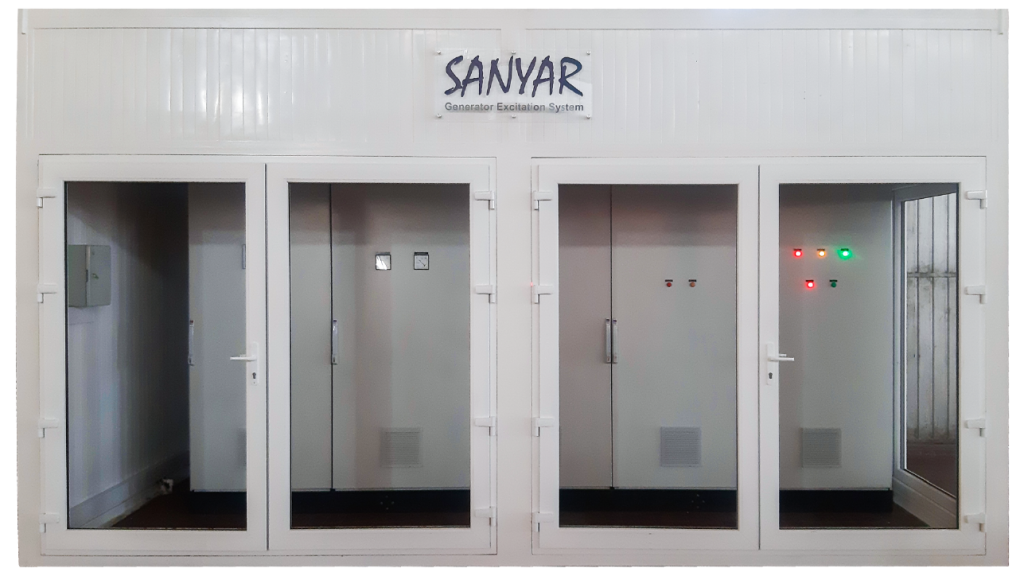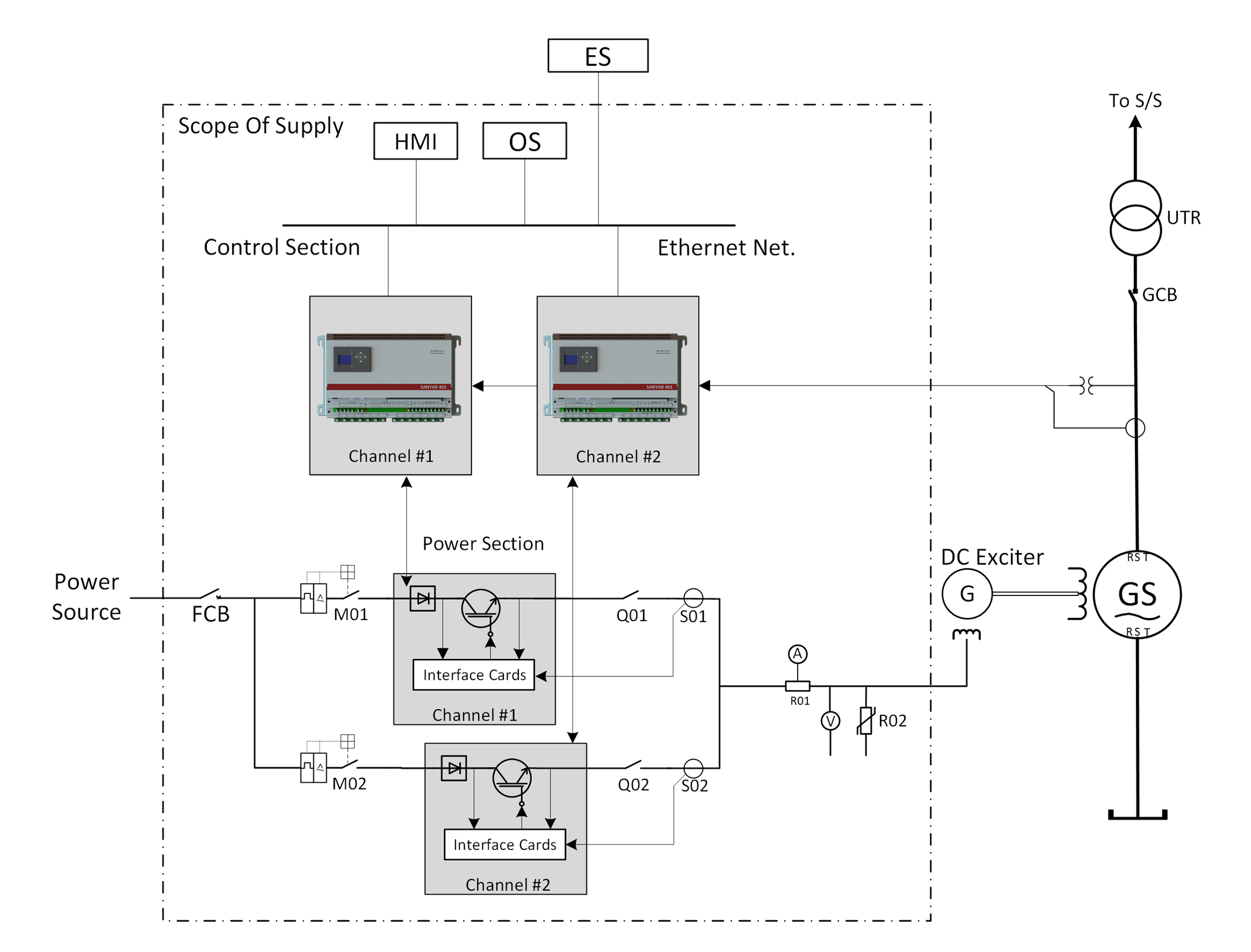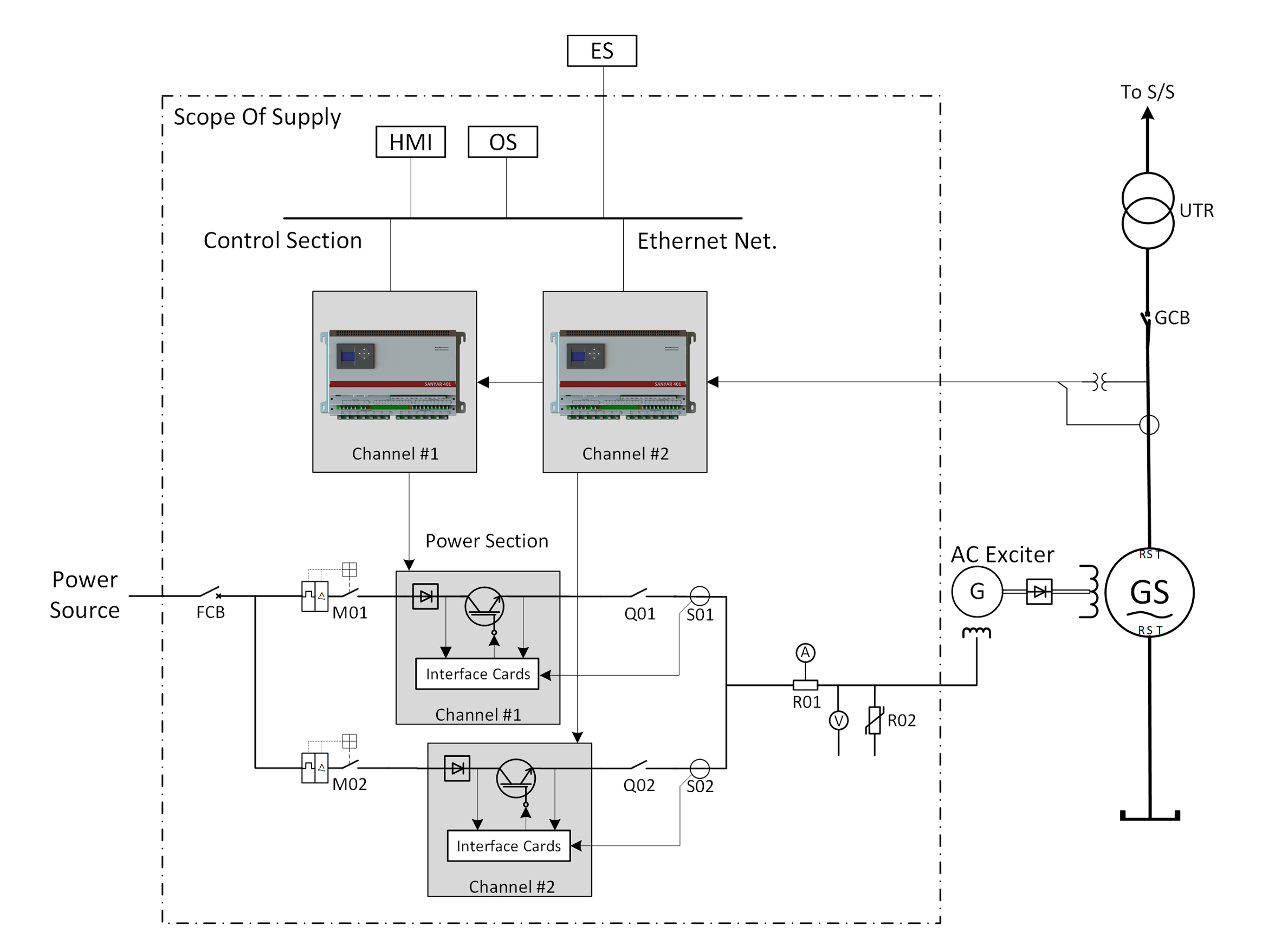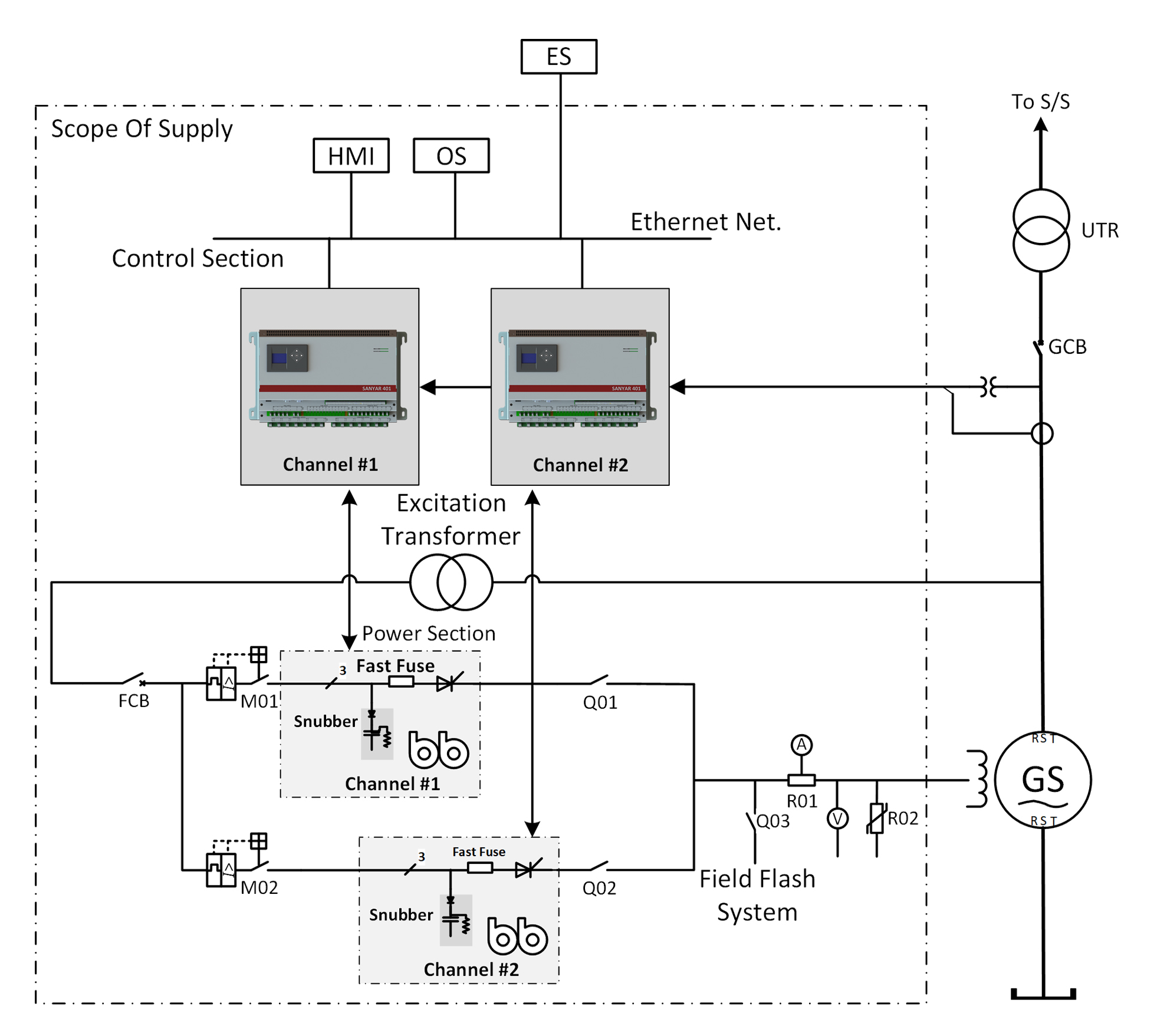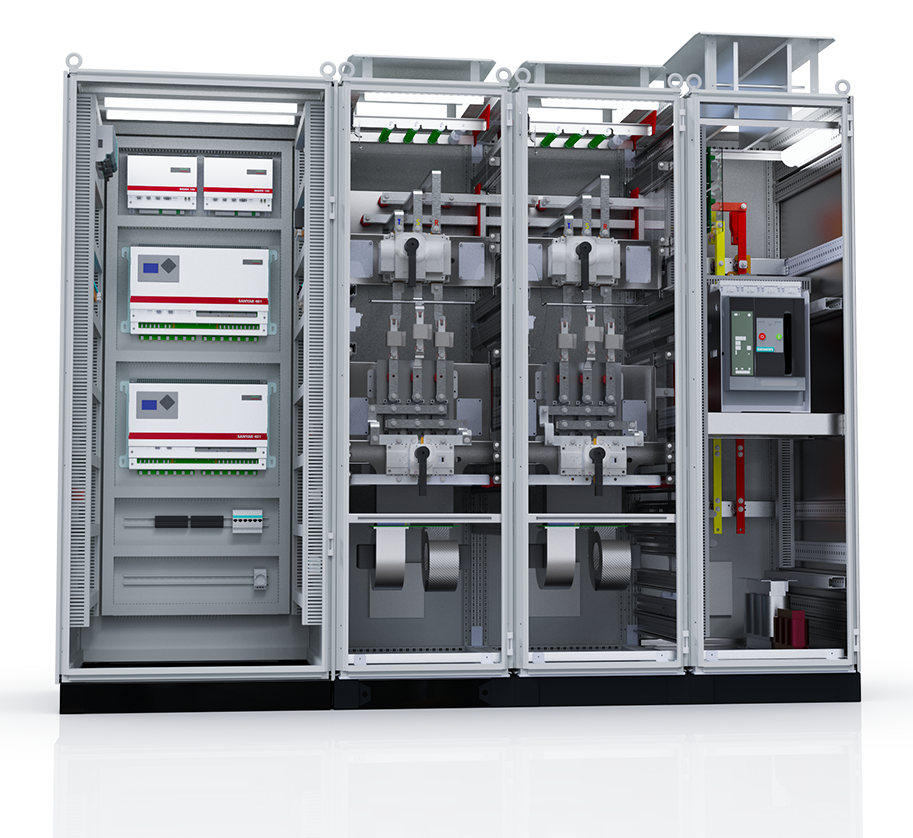Generator Excitation System
The generator excitation system is an essential component within an electrical generator, playing a critical role in ensuring the efficient and reliable generation of electricity. Its primary function revolves around supplying the requisite field current to the generator’s rotor winding. This current is responsible for establishing a magnetic field, which serves as the fundamental principle behind the conversion of mechanical energy into electrical energy. The presence of this magnetic field is paramount for the generator’s ability to produce a continuous and dependable flow of electricity.
